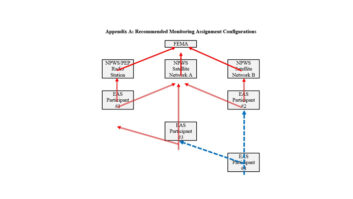SpectraRep won a contract from the state of Missouri to deploy a statewide emergency alert system, an upgrade to that state’s EAS and Alert Missouri programs.
The company is part of BIA Financial Network, based in Chantilly, Va.; it markets technologies for the broadcast delivery of data over various media channels.
SpectraRep was hired to deploy its AlertManager system to provide public alert and warning capabilities for managing and issuing AMBER Alerts. Another goal is to communicate homeland security and all hazards warnings and instructions for certain populations and locations. A state Web site reports the value of the contract at around $220,000, not including ongoing service support; a state contracting official said the total value of the contract is around $438,000. SpectraRep was the only bidder.
AlertManager is an emergency notification capability based on the Common Alerting Protocol, or CAP.
Benefits of the system include enhanced security, improved warning system coordination and simplified operational procedures without disruption to existing EAS facilities or programs, according to the supplier.
It quoted Don Hicks, president of the state broadcasters’ association, saying the state wants to overcome limitations in its current method of distributing AMBER alerts.
The AlertManager Alert Server Core and Command Center interface will allow authorities to enable EAS messages, along with audio and other multimedia such as video, maps, digital photos and documents, SpectraRep stated.
“The AlertManager deployment will connect 56 broadcast locations to the Missouri State Highway Patrol as the AMBER Alert origination point.”
The system is described as a state network for the dissemination of digital CAP-based public alert and warnings direct to radio, television and cable sites.
According to SpectraRep: “The system is built as a network-centric capability for government agencies, and provides secure multipath transmission via satellite, DTV data broadcast and VPN networks. For broadcast EAS at television stations and cable head-ends, the system allows officials to generate text-crawls and audio broadcasts of messages in real-time to warn the general public. The system also provides a foundation for interoperability with other alerting systems, enabling authorities to deliver complete, consistent and coordinated warning messages to the public.”










